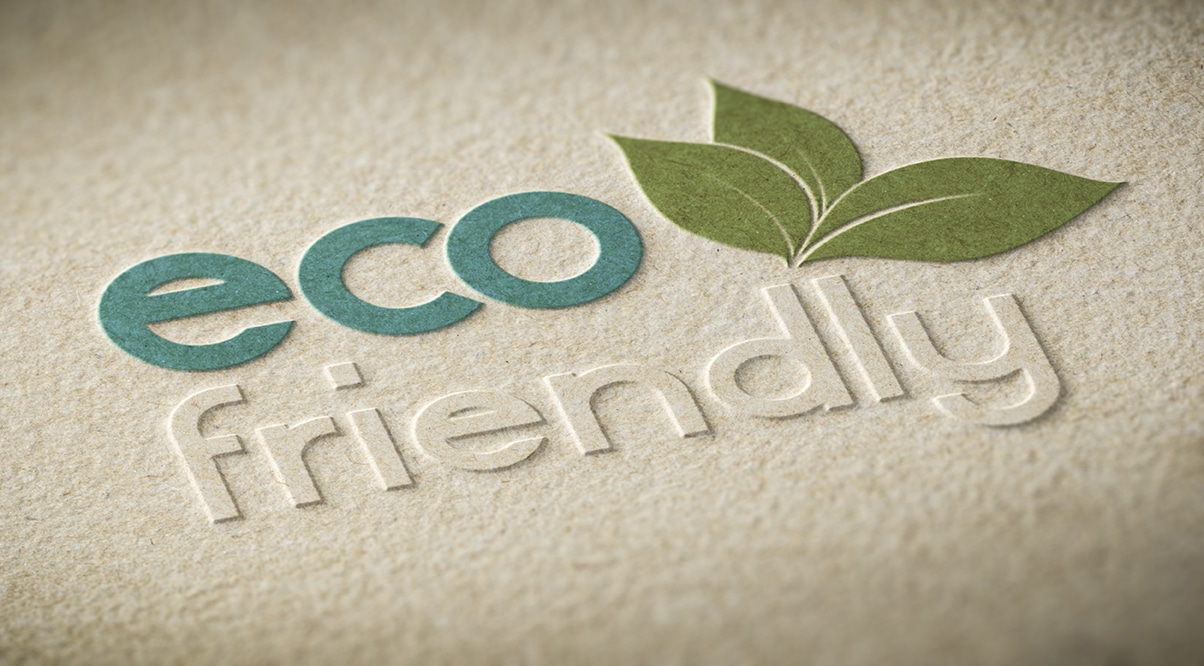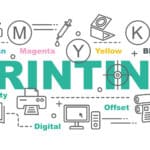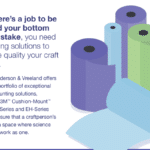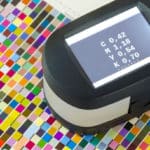Sustainable Printing Options to Reduce the Environmental Impact of Printing
Why Printers Should Care About Sustainable Printing
How to Make Your Printing More Sustainable
Reducing Energy Consumption and Waste
How to Reduce Your Environmental Impact with Anderson & Vreeland
How to Build Sustainable Flexo Printing Solutions with Anderson & Vreeland
Sustainable flexo printing is not a trend, it’s a necessity. In the last few years, CPGs and printers alike have been shifting toward eco-friendly inks and more sustainable substrates (Smithers, 2021), but sustainable printing requires much more to truly reduce the environmental impact of our printed goods.
Not only do consumers prefer sustainable packaging, but new regulations are going into place to enforce more sustainable printing practices on printers and manufacturers. Printers of all sizes need to start investing in sustainable printing solutions to get ahead and ensure their place in the future of flexo printing.
At Anderson & Vreeland, we believe in reducing the carbon footprint of printing and preserving our natural resources through a comprehensive approach to sustainable products and practices throughout the entire printing process. This includes using eco-friendly printing materials, reducing waste and chemicals, and establishing efficient printing technologies to reduce energy consumption.
To learn more about how Anderson & Vreeland can help you reduce your carbon footprint, contact us today.
What is sustainable printing?
Sustainable printing seeks to reduce material throughput, waste, and energy consumption through eco-friendly printing materials and sustainable printing methods to reduce the impact of printing on the environment.
Why Printers Should Care About Sustainable Printing
Sustainability is no longer a preference but a growing requirement for printers due to new and future regulatory requirements.
Legislation like California’s SB 54 extends EPR regulations to the U.S.’s most populous state. This requires packaging manufacturers to fund the costs associated with disposing of packaging materials, with fees being reduced based on a printer’s efforts to reduce waste and make recycling easier. Versions of EPR Scorecards are already in place in many states and territories across the U.S. and Canada.
Regulations like these are intended to incentivize sustainable printing practices, but they can create a significant economic burden for printers who are unprepared for this new world of packaging printing.
That’s why it’s more necessary than ever to start investing in sustainable solutions now, so you’re prepared for the future of sustainable printing.
How to Make Your Printing More Sustainable
Reducing Material Throughput
With quality printing materials and improved logistics, printers of all sizes can eliminate unnecessary waste, decrease carbon emissions, and create more efficient systems for their printed products.
Quality Printing Materials
To reduce material throughput, printers need products that last longer and are less prone to causing damage. This includes daily materials besides inks and substrates, like plate mounting tapes, doctor blades, and hardware. In reducing your material throughput, you might consider products like High-Performance Mounting Tapes that protect plates from having to be remade and increase their longevity by requiring less force to remove and less damage to the plates themselves. To reduce ink costs, waste, and press downtimes, High-Performance Doctor Blades last longer than other alternatives. (Nano Blades are made from 85-95% recycled material and are recyclable after use)
Efficient Logistics
In addition to reducing the throughput of operational tools and printing accessories, the modern strains of supply chain disruptions and workforce shortages make efficient inventory management more vital than ever. Being able to effectively manage your inventory to prevent stockouts, reduce shipments, and monitor inventory trends keeps your business operating and reduces the carbon footprint of those operations. You can develop more efficient eco-friendly logistics solutions through Anderson & Vreeland’s automated Vendor Managed Inventory (VMI) with RFID Technology.
Reducing Energy Consumption and Waste
Reducing the energy consumption of your printing goes beyond the electricity usage (though certain equipment can make a significant difference on that, too, as you’ll see below). Sustainable printing keeps all of the planet’s natural resources in mind, including our finite water resources, electricity, fuel, and more.
Water Sustainability in Printing
Water is a precious natural resource that we are committed to preserving and protecting. Sustainable filtration systems provide efficient water-washout solutions that use less water, like the CL-50 Whirl-A-Way AV Polymer Removal System, which uses centrifugal force to separate polymer solids from clean reusable water to be recirculated for subsequent washouts.
Renewable and Sustainable Energy
Modern energy-efficient printing equipment like the Nyloflex® Xpress Thermal System provides high-quality plates with speed and efficiency. With the elimination of chilling systems and cationic oxidizers we can manage heat much more effectively and reduce VOC’s created in the thermal process. This provides significant energy savings and creates a safer and greener work environment.
By using the latest printing equipment with eco-friendly features embedded in its design, your operations consume less energy and produce less waste overall.
Substrate and Material Waste
You can reduce both ink and substrate waste with sustainable tools and processes. For example, properly cleaned anilox rollers consume less make-ready materials and achieve color faster than worn or contaminated rollers. Paired with a device like Anicam, you can digitally audit your anilox rollers and identify if a roller will predictably hit color first time, every time . Laser Anilox Cleaners also eliminate the use of chemicals during the cleaning process and the need to scrub anilox rolls by hand, creating a safer and more efficient cleaning process and reducing substrate waste via faster color correction. Combined, you can significantly reduce both your ink waste and press time.
Safe Waste Recovery Practices
A complete waste recovery solution like the Nyloflex Xpress Waste Recovery Program removes used developer rolls, raw or unfinished plates, cover sheets, separators, and other related waste materials. This ensures that all waste products are disposed of properly or recycled.
How to Reduce Your Environmental Impact with Anderson & Vreeland
As a printer, converter, or brand owner, you might be looking for ways to reduce your carbon footprint, align your sustainable goals with your brand, and increase efficiency in your printing. Anderson & Vreeland is the one-stop shop for sustainable printing products and equipment that reduce your carbon footprint. We have a comprehensive line-up of eco-friendly printing products that can help reduce the environmental impact of your printing, reduce costs, and increase efficiencies.
Connect with us today to learn more about efficient eco-friendly printing solutions for your business.




